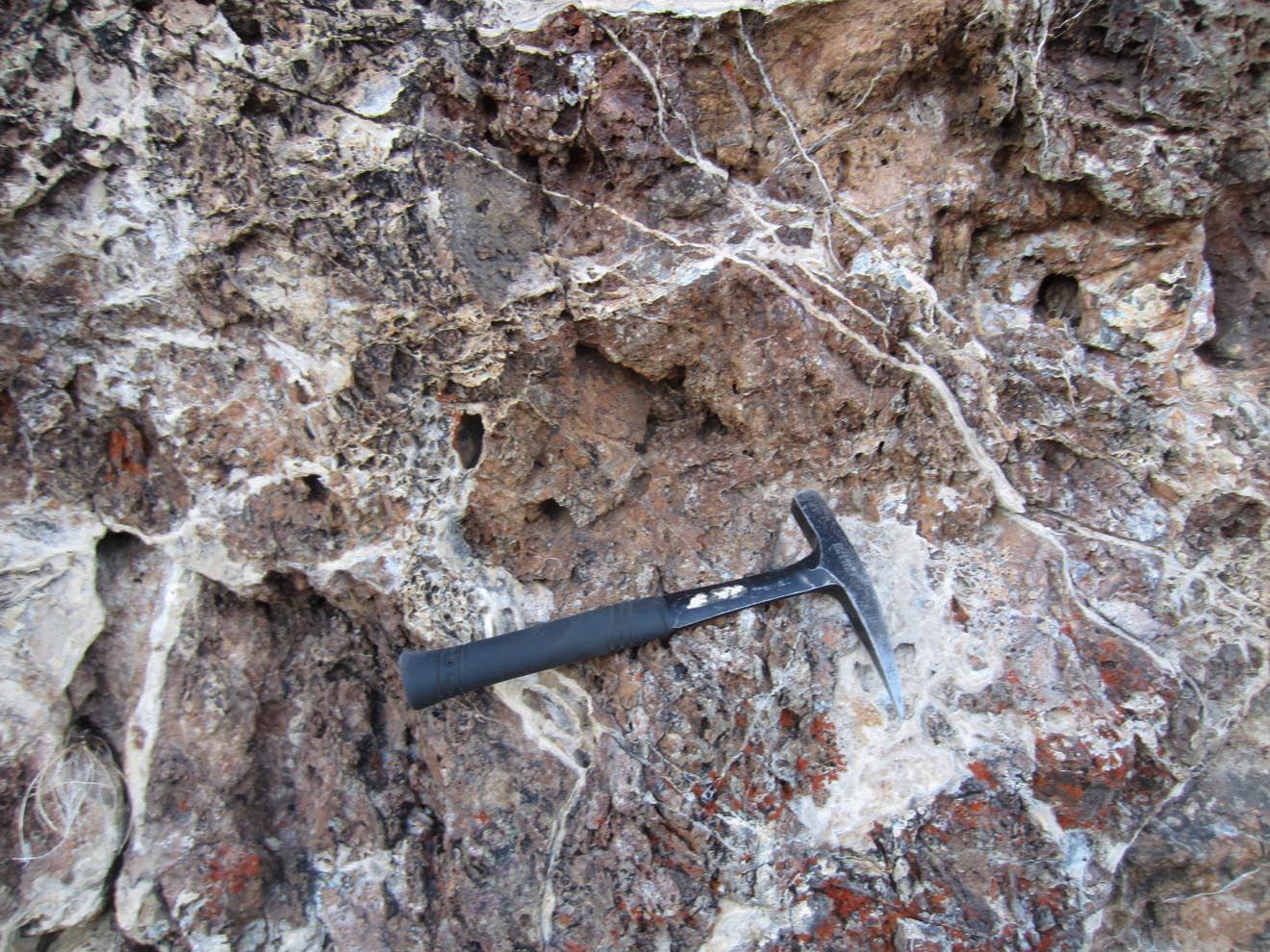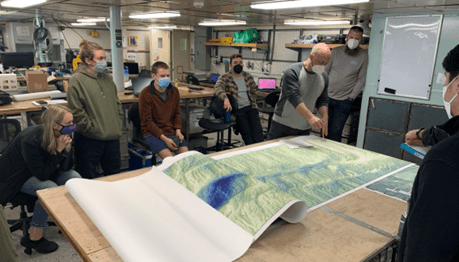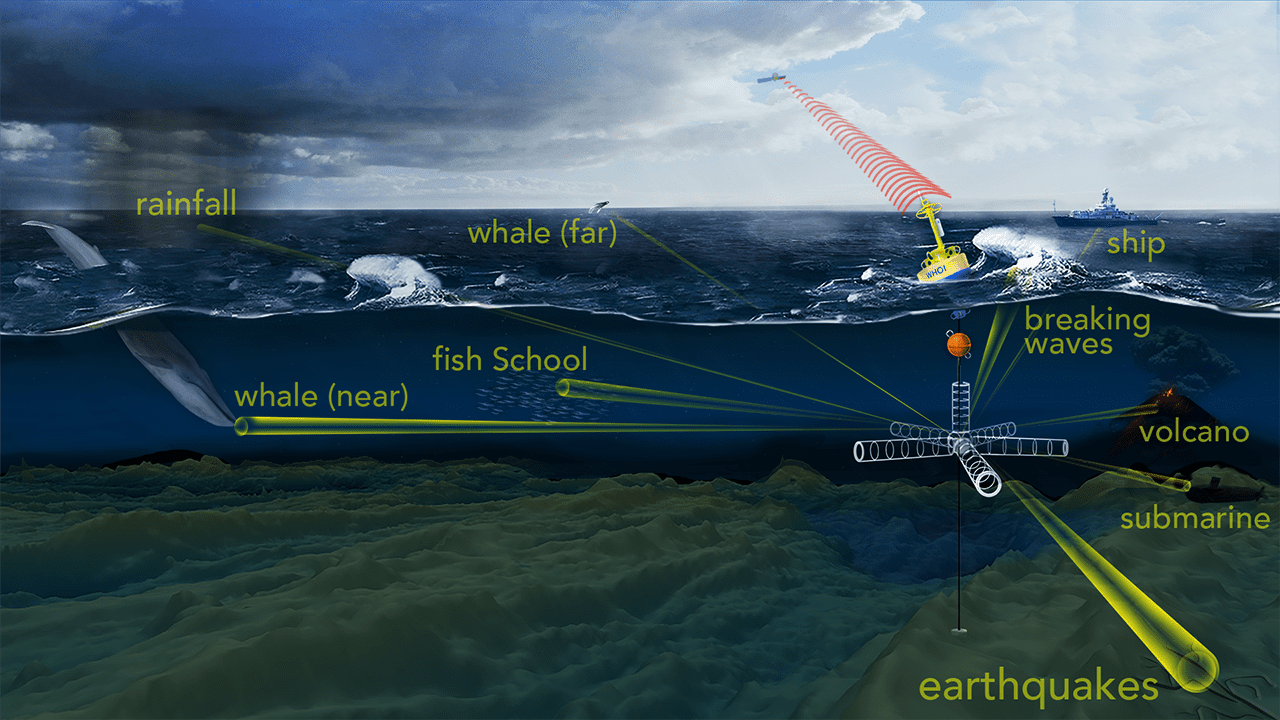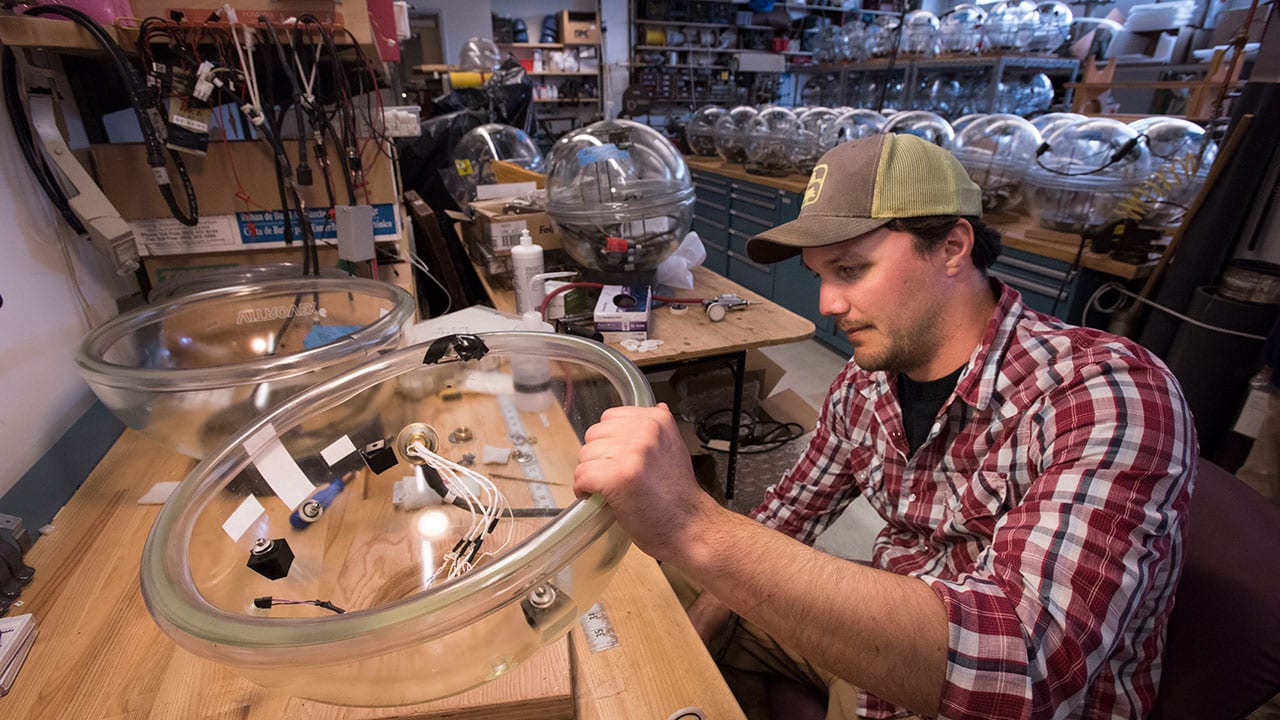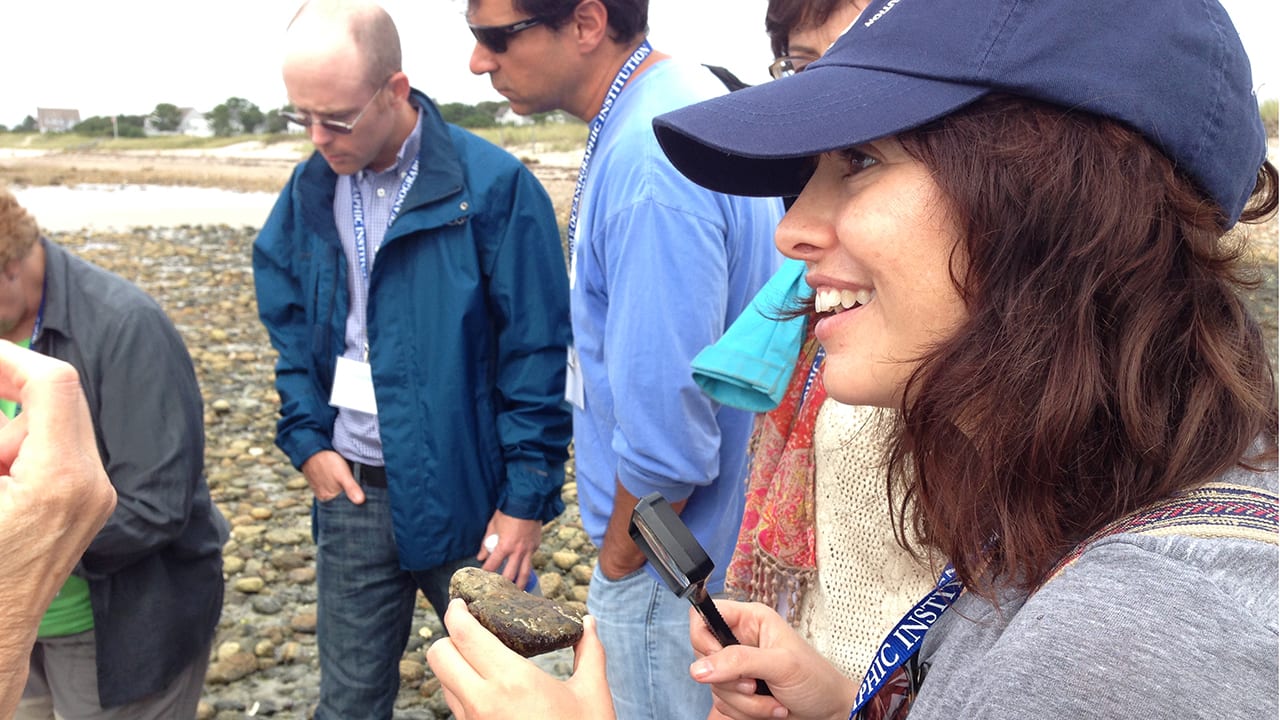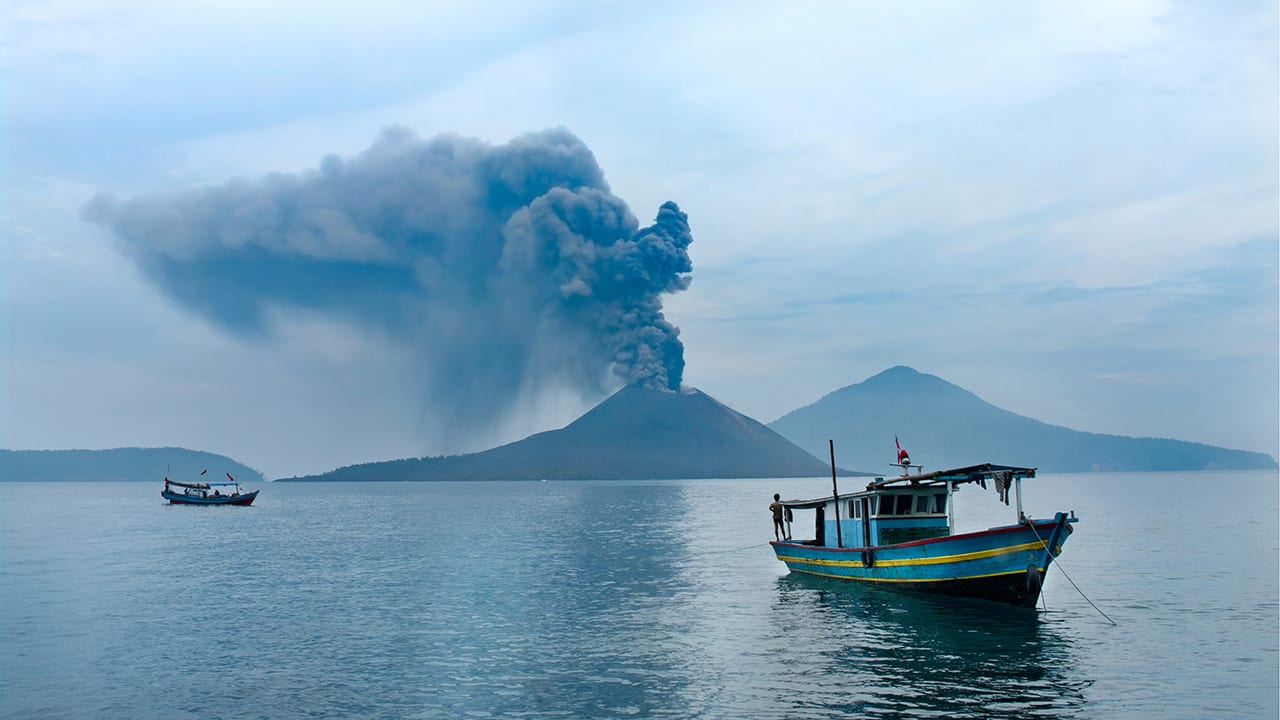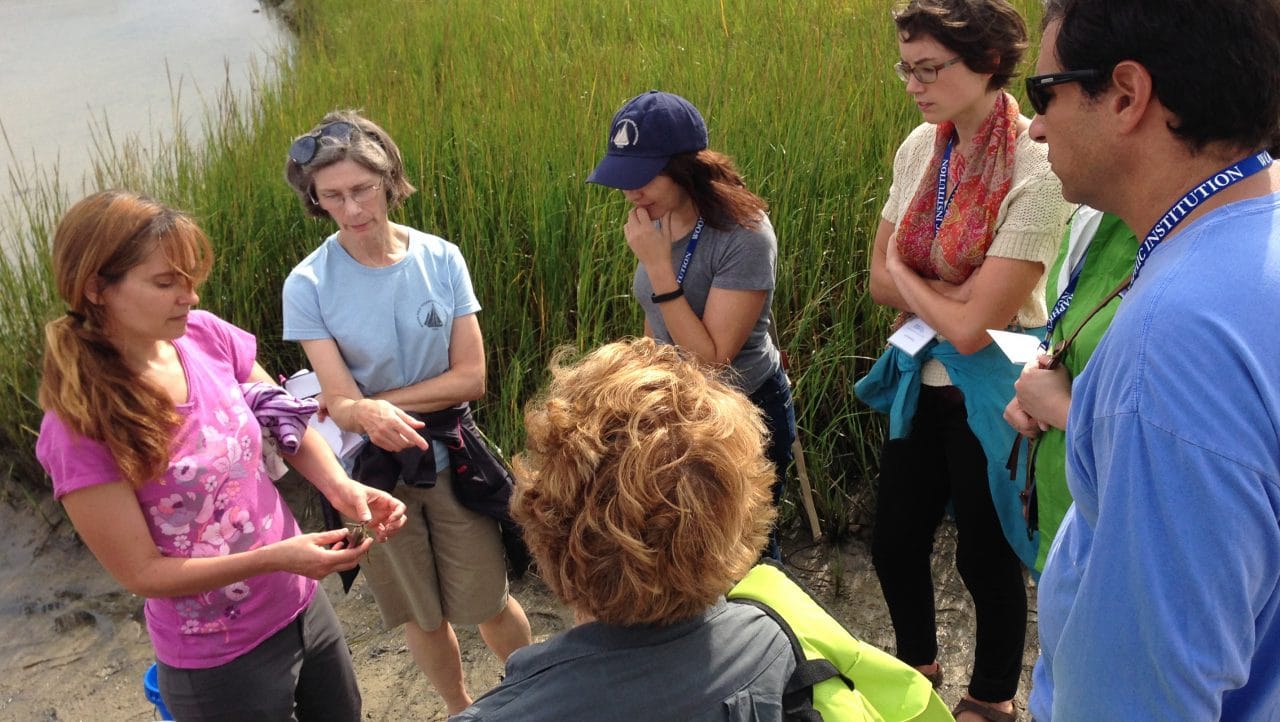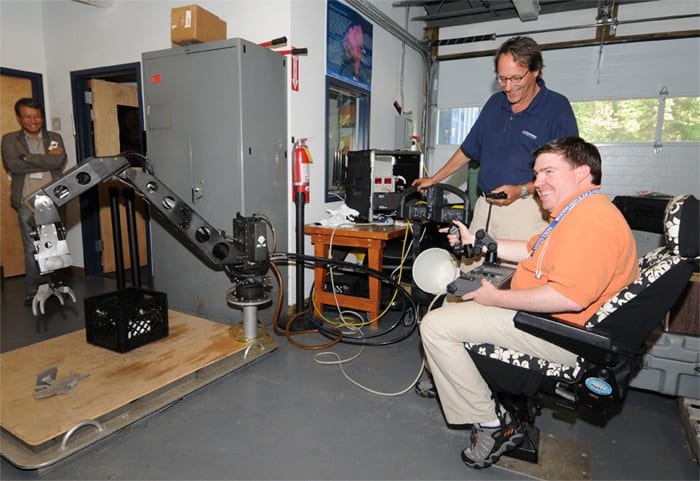News Releases
Carbon sequestration sites may prevent earthquakes
New evidence suggests that CO2-rich springs may be buffering quakes along areas of the San Andreas Fault
Read MoreNew Explanation for Slow Earthquakes on San Andreas
New Zealand’s geologic hazards agency reported this week an ongoing, “silent” earthquake that began in January is still going strong. Though it is releasing the energy equivalent of a 7.0…
Read MoreFragmented Structure of Seafloor Faults May Dampen Effects of Earthquakes
Many earthquakes in the deep ocean are much lower in magnitude than expected. Geophysicists from the Woods Hole Oceanographic Institution (WHOI) have found new evidence that the fragmented structure of seafloor faults and previously unrecognized volcanism may be dampening the effects of these quakes.
Read MoreDeep-Sea Tremors May Provide Early Warning System for Larger Earthquakes
Predicting when large earthquakes might occur may be a step closer to reality, thanks to a new study of undersea earthquakes in the eastern Pacific Ocean. The study, reported in today??A’s Nature, is the first to suggest that small seismic shocks or foreshocks preceding a major earthquake can be used in some cases to predict the main tremors.
Read MoreMajor Caribbean Earthquakes and Tsunamis a Real Risk
A dozen major earthquakes of magnitude 7.0 or greater have occurred in the Caribbean near Puerto Rico, the U.S. Virgin Islands and the island of Hispaniola, shared by Haiti and…
Read MoreMonitoring Undersea Earthquakes, Deep Sea Tides and Magnetic Fields
One of the largest known mineral deposits in the deep sea, the Tag hydrothermal site on the Mid-Atlantic Ridge (MAR) in the North Atlantic Ocean, was the subject of a…
Read MoreCrustal brines at an oceanic transform fault
WHOI research explores geological processes along plate boundaries
Read More$1 Million Grant to Build the WHOI-Keck Real Time 3-D Acoustic Telescope
A first-of-its-kind acoustic telescope is under development at the Woods Hole Oceanographic Institution (WHOI), funded by a $1 million grant from the W.M. Keck Foundation, that will permit researchers to…
Read MoreWHOI Chosen as Location of New NSF-funded Ocean Bottom Seismograph Instrument Center
The National Science Foundation (NSF) has announced that the Woods Hole Oceanographic Institution (WHOI) will operate a new center to provide seafloor seismographs and technical support to the U.S. academic…
Read MoreWHOI Announces 2017 Ocean Science Journalism Fellows
Eight writers, radio, and multimedia science journalists from the U.S., Canada, England, and India have been selected to participate in the competitive Woods Hole Oceanographic Institution (WHOI) Ocean Science Journalism Fellowship program. The program takes place September 10-15, 2017, in Woods Hole, Mass., on Cape Cod.
Read MoreVolcanic Arcs Form by Deep Melting of Rock Mixtures
A new study published in the journal Science Advances changes our understanding of how volcanic arc lavas are formed, and may have implications for the study of earthquakes and the risks of volcanic eruption.
Read MoreWHOI Announces 2016 Ocean Science Journalism Fellows
Seven writers, radio, and multimedia science journalists from the U.S., England, and India have been selected to participate in the competitive Woods Hole Oceanographic Institution (WHOI) Ocean Science Journalism Fellowship program. The program takes place September 25-30, 2016, in Woods Hole, Mass., on Cape Cod.
Read MoreCarbon Dioxide Pools Discovered in Aegean Sea
The waters off Greece’s Santorini are the site of newly discovered opalescent pools forming at 250 meters depth. The interconnected series of meandering, iridescent white pools contain high concentrations of carbon dioxide (CO2) and may hold answers to questions related to deepsea carbon storage as well as provide a means of monitoring the volcano for future eruptions.
Read MoreWHOI Announces 2015 Ocean Science Journalism Fellows
Seven writers and multimedia science journalists from the U.S. have been selected to participate in the competitive Woods Hole Oceanographic Institution (WHOI) Ocean Science Journalism Fellowship program. The program takes place September 13-18, 2015, in Woods Hole, Mass., on Cape Cod.
Read MoreWHOI Receives $150,000 Grant from Tower Foundation
The Peter and Elizabeth C. Tower Foundation has awarded the Woods Hole Oceanographic Institution (WHOI) a $150,000 grant that will help fund a three-year collaborative project with Cape Abilities—a nonprofit organization dedicated to finding good jobs for Cape Cod residents with disabilities.
Read MoreNew Museum Program Focuses on Impacts of Fukushima on the Ocean
Four years after the Fukushima Dai-ichi nuclear power plant accident, Japan is still recovering and rebuilding from the disaster. In March 2011 one of the largest earthquakes ever recorded shook Japan, creating a devastating tsunami and damaging the Fukushima Dai-ichi nuclear power plant. The accident resulted in the largest unintentional release of radioactivity into the ocean in history.
On the fourth anniversary of the disaster, Woods Hole Oceanographic Institution (WHOI) and the Long Beach, CA-based Aquarium of the Pacific will debut a new program about ocean radioactivity motivated by the Fukushima nuclear accident. The program will be projected daily in the Aquarium’s Ocean Science Center on the National Oceanic and Atmospheric Administration’s (NOAA) Science on a Sphere® and will be made available to more than 100 institutions around the world through NOAA’s SOS Network with a capacity to reach over 50 million combined visitors.
Read MoreWHOI Announces 2014 Ocean Science Journalism Fellows
Eight writers, filmmakers, and multimedia science journalists from the U.S., England, and The Gambia have been selected to participate in the competitive Woods Hole Oceanographic Institution (WHOI) Ocean Science Journalism…
Read MoreWHOI Announces 2013 Ocean Science Journalism Fellows
Ten science reporters, writers, and multimedia journalists from the U.S., Canada, and India have been selected to participate in the competitive Woods Hole Oceanographic Institution (WHOI) Ocean Science Journalism Fellowship…
Read MoreDedication Ceremony Held for New Laboratory
WHOI President and Director Susan Avery and Director of Research Larry Madin were joined by National Institute of Standards and Technology (NIST) Deputy Director Willie May at a dedication ceremony Sept. 20 for the new Laboratory for Ocean Sensors and Observing Systems. The ceremonial ribbon cutting took place by the state-of-the-art facility’s high bay entrance, located on the Institution’s 160-acre Quissett campus.
WHOI received an $8.1 million grant from NIST in 2010 to fund construction of the new scientific research facility, as part of the American Recovery and Reinvestment Act. WHOI contributed $4 million to the project. The 27,000-square-foot, “green”-designed building will provide space for a major effort to create long-term ocean observatories.
Read MoreWHOI Announces 2012 Ocean Science Journalism Fellows
Ten writers and multimedia science journalists from the U.S., Canada, and Poland have been selected to participate in the competitive Woods Hole Oceanographic Institution (WHOI) Ocean Science Journalism Fellowship program. The program takes place September 9-14, 2012, in Woods Hole, Mass., on Cape Cod.
Read MoreWHOI Receives $1Million from Keck Foundation for First Real-Time Seafloor Earthquake Observatory at Cascadia Fault
One of the most dangerous faults in North America is the Pacific Northwest’s Cascadia fault – an offshore, subduction zone fault capable of producing a magnitude 9 earthquake that would damage Portland, Tacoma, Seattle, and Victoria, British Columbia, and generate a large tsunami. Yet there are currently no instruments installed offshore, directly above the fault, for measuring the strain that is currently building up along the fault.
But a recent $1 million grant from The W. M. Keck Foundation to scientists at the Woods Hole Oceanographic Institution (WHOI) will change that. An interdisciplinary project led by WHOI geologist Jeff McGuire, an expert in global earthquake seismology and geodesy, and John Collins, director of WHOI’s Ocean Bottom Seismometer Lab, will build and install the first seafloor geodesy observatory above the expected rupture zone of the next great Cascadia earthquake.
WHOI Announces 2011 Ocean Science Journalism Fellows
Ten writers and multimedia science journalists from the U.S., Canada, France, Great Britain and South Korea have been selected to participate in the competitive Woods Hole Oceanographic Institution (WHOI) Ocean…
Read MoreJapan Earthquake Appears to Increase Quake Risk Elsewhere in the Country
JapanÃÂs recent magnitude 9.0 earthquake, which triggered a devastating tsunami, relieved stress along part of the quake fault but also has contributed to the build up of stress in other areas, putting some of the country at risk for up to years of sizeable aftershocks and perhaps new main shocks, scientists say.
Read MoreWHOI Experts Stress Lessons From Japan Earthquake
While JapanÃÂÃÂÃÂÃÂÃÂÃÂÃÂÃÂs 9.0-magnitude earthquake and accompanying tsunami represent a devastating natural disaster for the countryÃÂÃÂÃÂÃÂÃÂÃÂÃÂÃÂs residents, scientists should also seize upon the massive temblor as an important learning tool for future quakes around the world, including the Pacific Northwest coast of the United States, according to experts from the Woods Hole Oceanographic Institution (WHOI).
Read More
